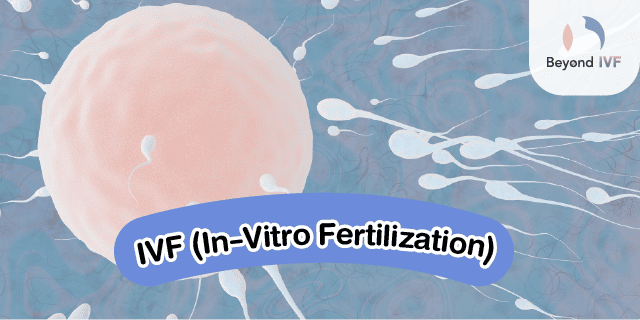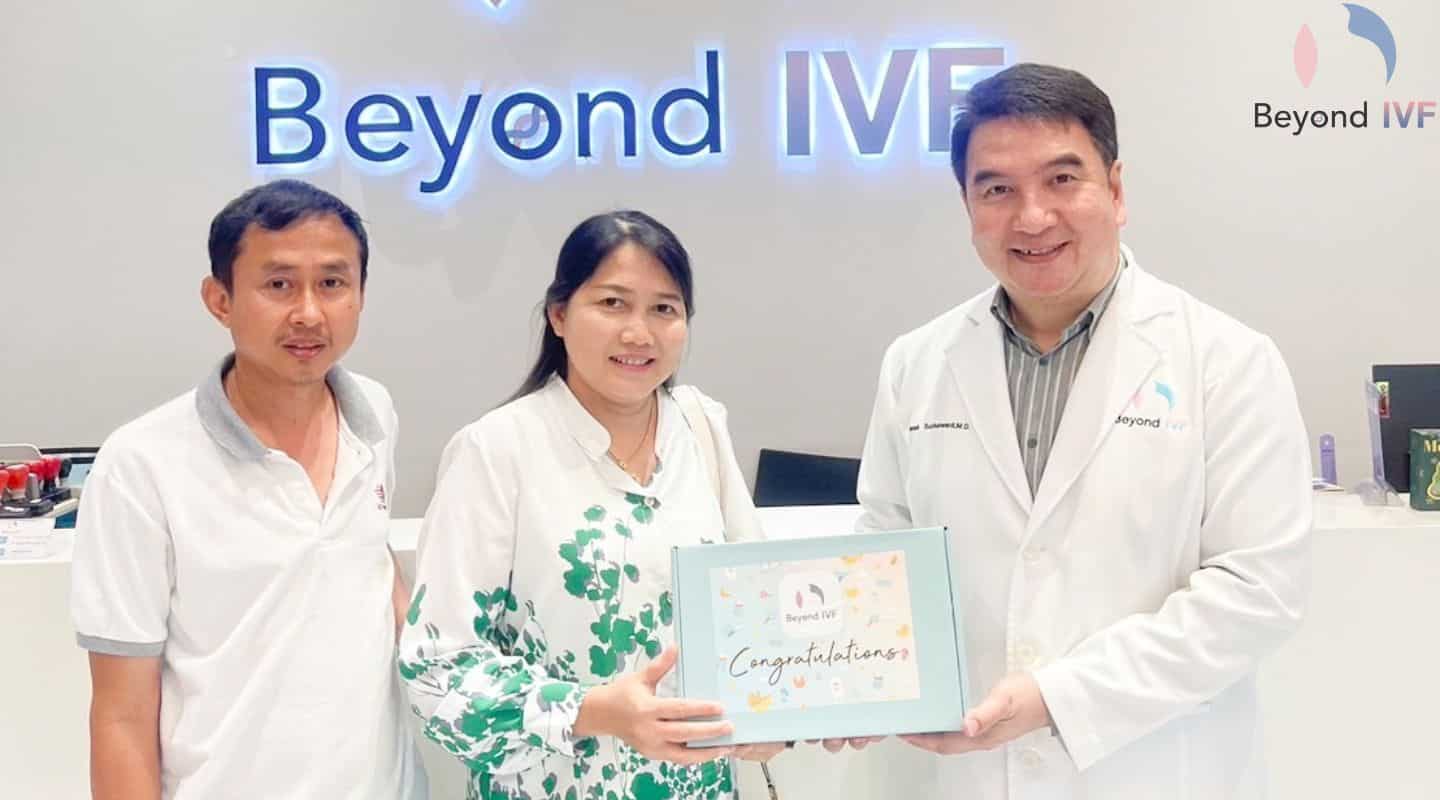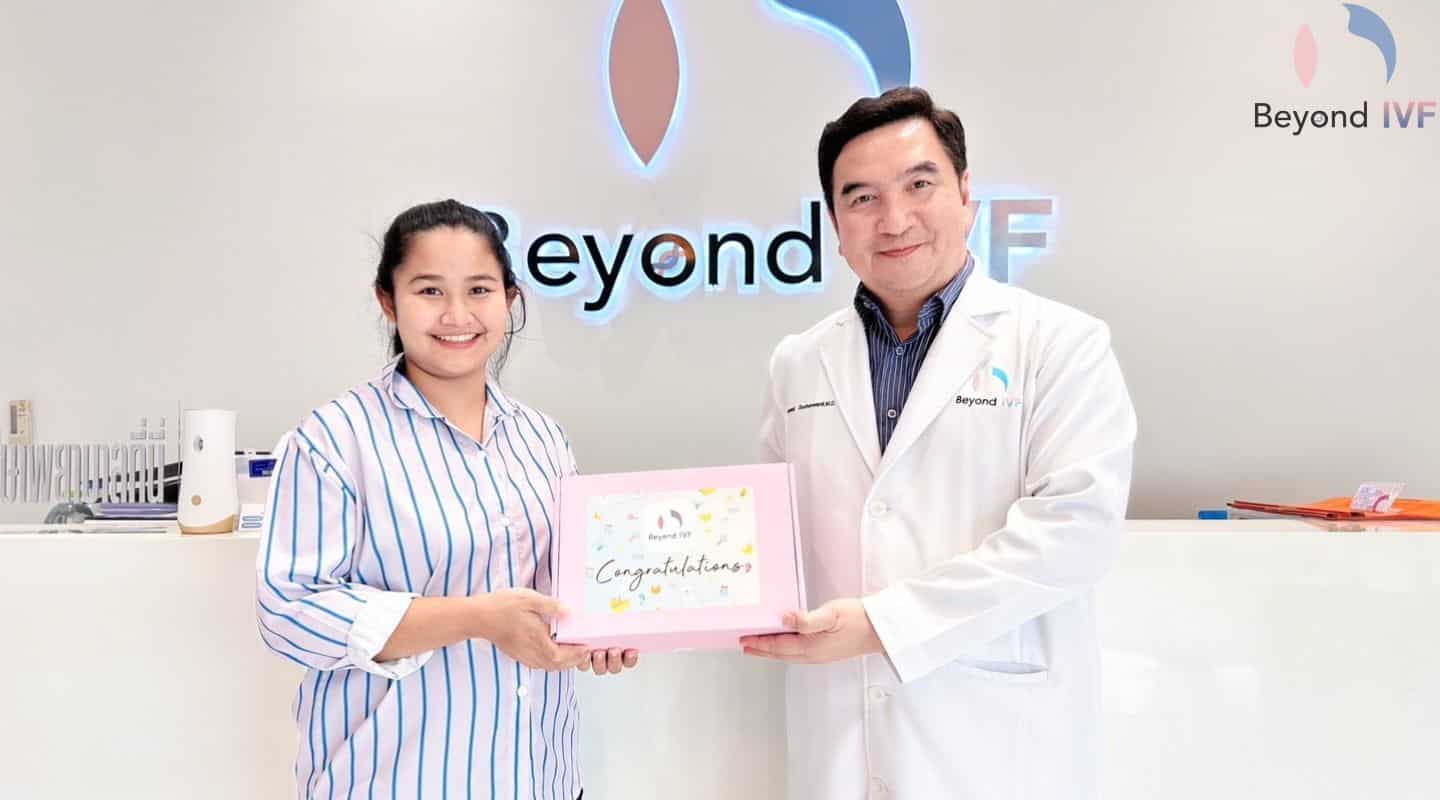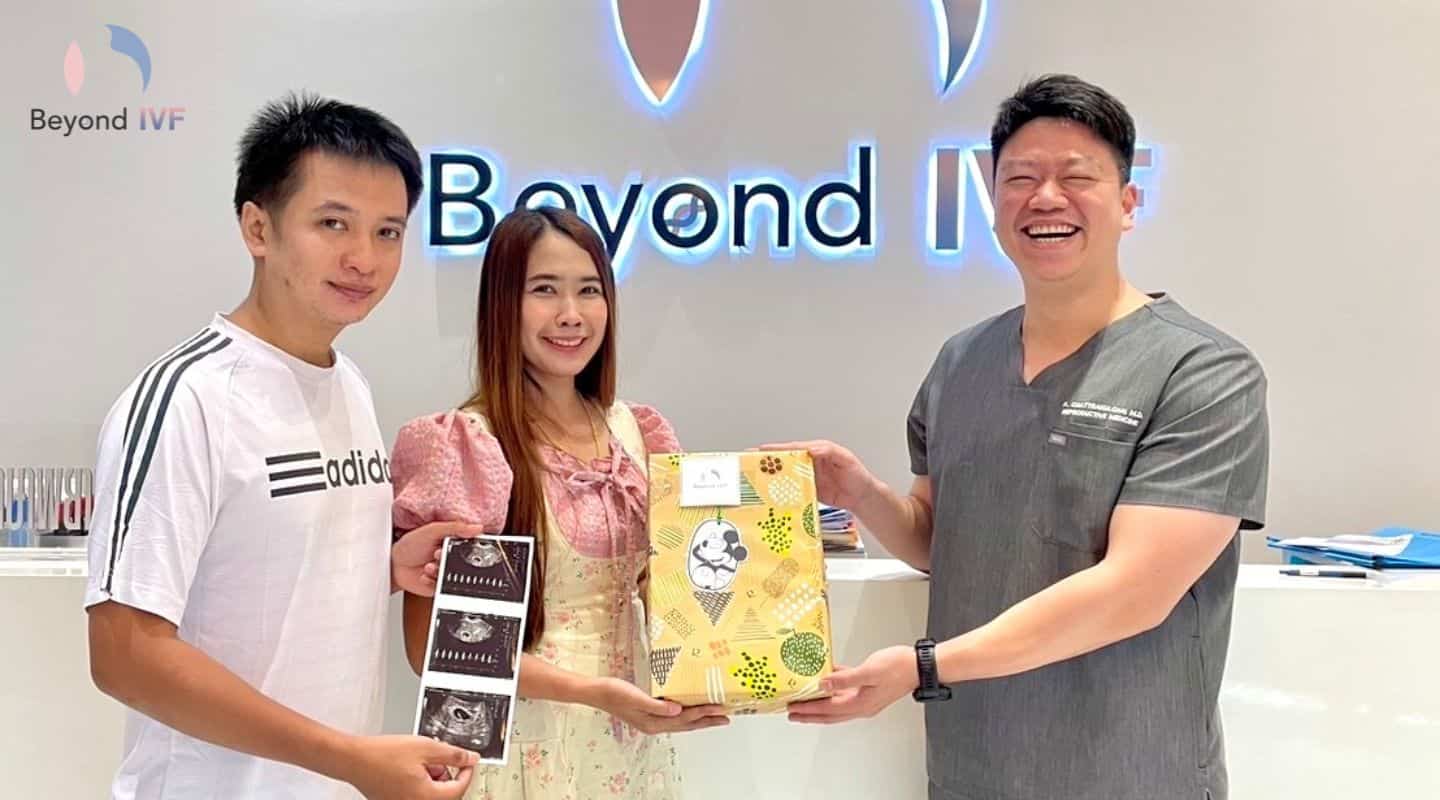Infertility can be caused by several factors, such as health issues, age, and lifestyle. Treatment for infertility uses medical techniques to replace unsuccessful natural conception and increase the chances of fertilization.
For families that have tried for a long time to become pregnant, but have no succeeded, there are assisted reproductive technologies that can treat infertility, such as intrauterine insemination (IUI), in-vitro fertilization (IVF), and intracytoplasmic sperm infection (ICSI). If you are new to the world of conception and infertility, you likely have a lot of questions about the different treatment options available and what is involved with each.
- IVF and ICSI
- IVF (In-Vitro Fertilization)
- ICSI (Intracytoplasmic Sperm Injection)
- Similarities between IVF and ICSI
- How does IVF and ICSI differ?
- Success Rates of IVF and ICSI
- IVF and ICSI: Which One is Recommended?
- The Costs of IVF and ICSI
- IVF and ICSI Treatment at BeyondIVF
- To Learn More about Fertility Options
IVF and ICSI
Both IVF and ICSI involve combining sperm and egg in a laboratory to fertilize the egg and create an embryo. The embryo continues to grow in a laboratory until it is ready to be transferred back into the uterus to grow in pregnancy.
The difference between IVF and ICSI is that in IVF the sperm and egg are placed in a dish and the sperm is meant to swim to the egg to fertilize it. With ICSI, one sperm is chosen and directly injected into the egg using an ICSI machine. In both processes, the embryo will be transferred to the uterus.
IVF (In-Vitro Fertilization)

IVF involves collecting healthy eggs from the female partner and sperm from the male partner and fertilizing the eggs with the sperm in a laboratory to create embryos that will hopefully develop, after five days, into blastocysts. These can then be placed back in the uterus to grow in pregnancy.
IVF Process
The IVF process begins with a physical evaluation and then ovarian stimulation starts on day 2-3 of a cycle. Daily injections are administered in the abdomen over a period of 8-10 days.
Once the eggs are the desired size, a trigger shot is administered to cause ovulation and the eggs are collected. The male partner will submit a semen sample so sperm can be used to fertilize the collected eggs.
The resulting embryos are grown in the laboratory in ideal conditions until they can be transferred back into the uterus. Fourteen days after the transfer the female partner comes back for monitoring and bloodwork to check hormone levels and see if she is pregnant.
ICSI (Intracytoplasmic Sperm Injection)

ICSI is different from IVF only in that the healthiest sperm is injected directly into the egg to cause fertilization. As with IVF, the fertilized egg will develop as an embryo in the laboratory before it is transferred back into the uterus to progress in pregnancy. This technique is a treatment option for low sperm count and other issues with semen.
ICSI Process
The ICSI process begins with a physical evaluation and then ovarian stimulation starts on day 2-3 of a cycle. Daily injections are administered in the abdomen over a period of 8-10 days. Ultrasound will be used to monitor the number and size of eggs.
Once the eggs are the desired size, a trigger shot is administered to cause ovulation and the eggs are collected with a needle inserted through the vagina and into the ovaries. The male partner will submit a semen sample and the healthiest sperm will be selected to inject into the egg in a laboratory. Hormones will be given to the female partner to prepare her body for pregnancy.
The embryos are grown in the laboratory in ideal conditions until they can be transferred back into the uterus using a needle that is inserted through the vagina. Fourteen days after the transfer the female partner comes back for monitoring and bloodwork to check hormone levels and see if she is pregnant.
Similarities between IVF and ICSI
IVF and ICSI start out the same and the only difference is the fertilization process. In IVF the sperm and egg are placed in a dish to combine on their own, but in ICSI, the healthiest sperm is injected directly into the egg to fertilize it. After that the process is the same.
How does IVF and ICSI differ?

1. Difference in how sperm and egg are collected and how the egg is fertilized
- With IVF many sperm and several eggs are placed in a petri dish to allow sperm to fertilize the eggs.
- ICSI involves high-level technology and tools to select the strongest sperm to inject into the healthiest egg instead of letting sperm find their own way to eggs. With both techniques, the embryos are transferred back into the uterus when they are ready.
2. Difference in ovarian stimulation and sperm collection
In both methods medication (oral and injected) are used to stimulate the ovaries to make more eggs and to trigger ovulation. Semen is also collected in the same way for both methods. With ICSI, the focus is on picking the one healthiest sperm and the one healthiest egg to combine each time.
3. Difference in cost
Both IVF and ICSI are expensive.
4. Difference in collecting the healthiest eggs
- With IVF, all the collected eggs are combined with all the sperm, and leftover embryos can be frozen for transfer in the future.
- With ICSI, only the remaining eggs can be frozen for future use.
Success Rates of IVF and ICSI
- IVF is appropriate for a family who have tried IUI at least three times unsuccessfully. IVF has a higher success rate than IUI.
- ICSI is a new treatment option for infertility that has a higher chance of success than IVF.
- Both IVF and ICSI allow for chromosomal testing (NGS) of embryos to check for any abnormalities to further increase the chances of a successful transfer and decrease the chances of a miscarriage. Chromosomal testing is recommended for families with genetic conditions or who are worried about genetic abnormalities.
The success of IVF and ICSI depend on many factors, including: the age of the female partner, the quality of the egg and sperm, the quality of the embryo and any chromosomal abnormalities, the thickness of the uterine lining on the day of transfer, and any problems with the uterus and endometrium.
IVF and ICSI: Which One is Recommended?
ICSI is considered “better” than IVF because the chances of success are higher. Both methods are similar in most ways except for how the egg is fertilized. IVF leaves room for natural mistakes to occur, specifically the walls of the eggs being too thick for fertilization, or other problems that can prevent fertilization. With ICSI, the sperm is injected directly into the egg, increasing the likelihood of fertilization.
The Costs of IVF and ICSI
Both IVF and ICSI are significantly more expensive than IUI but are worth the cost for those experiencing infertility and would like children of their own. The cost of IVF and ICSI ranges from 200,000 to 500,000 baht depending on the facility.
At Beyond IVF, we offer a promotion price of 300,000 baht per cycle, which covers almost every step in the process.
Read more articles about IVF and ICSI promotion package: ICSI Fertility Treatment Package Costs 2022
IVF and ICSI Treatment at BeyondIVF
At Beyond IVF our doctor has more than 20 years of experience in treating infertility and is also an obstetrician and gynecologist, with credentials from Ramathibodi Hospital that guarantee his knowledge and experience.
Furthermore, our clinic prides itself on its high standards for cleanliness and safety. We offer several options to treat infertility, including egg freezing to prevent problems conceiving down the road. Our team is knowledgeable and professional, and we use the best technologies in the world comparative to the big international hospitals.
To Learn More about Fertility Options
IVF and ICSI are both modern techniques to treat infertility. Please see a doctor for a thorough assessment so the right treatment option can be recommended for the best chances of success. If there are any questions, please contact us via Line @beyondivf









